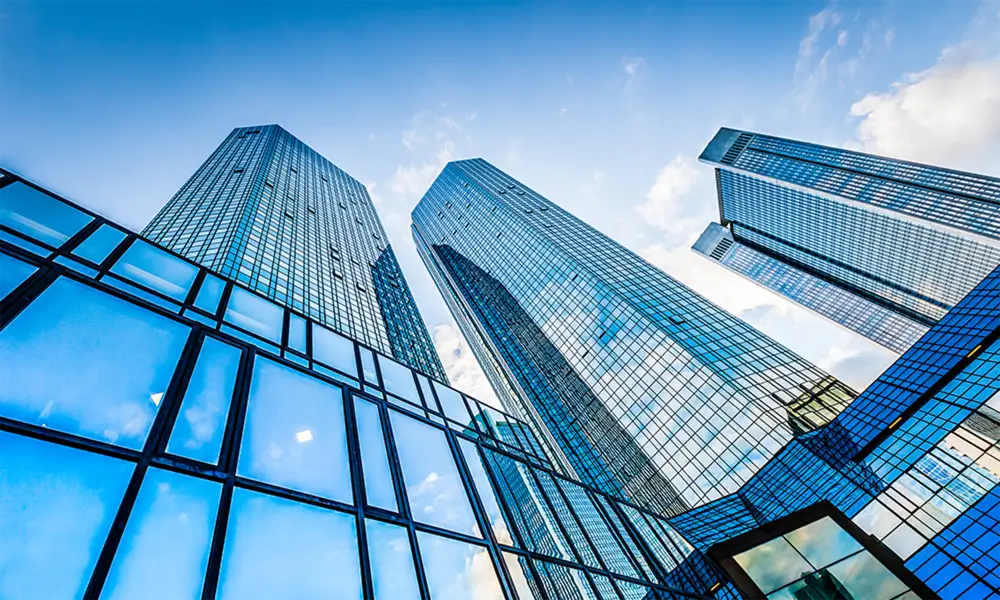

Understanding the Costs and Benefits of Low-E 366 Glass
Low-E glass, or low emissivity glass, has gained significant popularity in modern construction and architectural design. Among the various types available, Low-E 366 glass stands out due to its exceptional energy efficiency properties and ability to enhance indoor comfort. However, many homeowners and building professionals often wonder about the cost implications associated with this advanced glazing technology. In this article, we will delve into the costs associated with Low-E 366 glass, its advantages, and why it might be worth the investment.
What is Low-E 366 Glass?
Low-E 366 glass is a specialized type of window glazing that features a microscopic metallic coating that reflects heat while allowing natural light to pass through. This specific type of Low-E glass is particularly effective in blocking harmful UV rays and reducing heat gain from sunlight, making it ideal for warmer climates while maintaining comfort in cooler seasons. The 366 refers to its superior thermal performance, indicating that it blocks about 99% of UV rays and significantly minimizes solar heat gain.
Cost of Low-E 366 Glass
The cost of Low-E 366 glass can vary based on several factors, including the size of the windows, the thickness of the glass, and the manufacturer. Typically, Low-E 366 glass can be more expensive than traditional glass options. On average, homeowners might expect to pay an additional $2 to $5 per square foot compared to standard double-pane windows. While this might seem steep upfront, it's essential to consider the long-term savings and benefits.
Long-Term Savings
Investing in Low-E 366 glass can lead to substantial energy savings over time. Because this type of glass helps to maintain indoor temperatures by reflecting heat back outside during the summer and retaining warmth during the winter, homeowners often notice a significant reduction in their heating and cooling costs. According to the U.S. Department of Energy, replacing old windows with energy-efficient options like Low-E glass can save homeowners between $126 and $465 annually in energy bills, depending on the climate and the type of windows being replaced.

Additional Benefits
Aside from energy savings, Low-E 366 glass offers additional benefits that contribute to its overall value. For instance
1. UV Protection One of the standout features of Low-E 366 glass is its ability to block harmful ultraviolet rays. This protection helps to prevent fading of furniture, flooring, and artwork, thus prolonging the lifespan of interior furnishings.
2. Improved Comfort With better temperature regulation, occupants can enjoy more consistent indoor temperatures throughout the year. This increased comfort can enhance the overall living experience within a home.
3. Noise Reduction Low-E glass can also provide better sound insulation compared to regular window glass, making homes quieter and more peaceful.
4. Environmental Impact By reducing energy consumption, Low-E glass contributes to lower greenhouse gas emissions, making it a more sustainable choice for eco-conscious homeowners.
Conclusion
While the initial cost of Low-E 366 glass may be higher than traditional glass options, the long-term benefits can far outweigh these costs. From significant energy savings to enhanced comfort and UV protection, Low-E 366 glass represents a smart investment for homeowners looking to increase the efficiency and value of their property. Additionally, as energy costs continue to rise and sustainability becomes ever more important, incorporating advanced technologies like Low-E glass can set a property apart in the real estate market. Ultimately, understanding the true value of Low-E 366 glass requires looking beyond the upfront costs and considering the substantial benefits it brings to both homeowners and the environment.